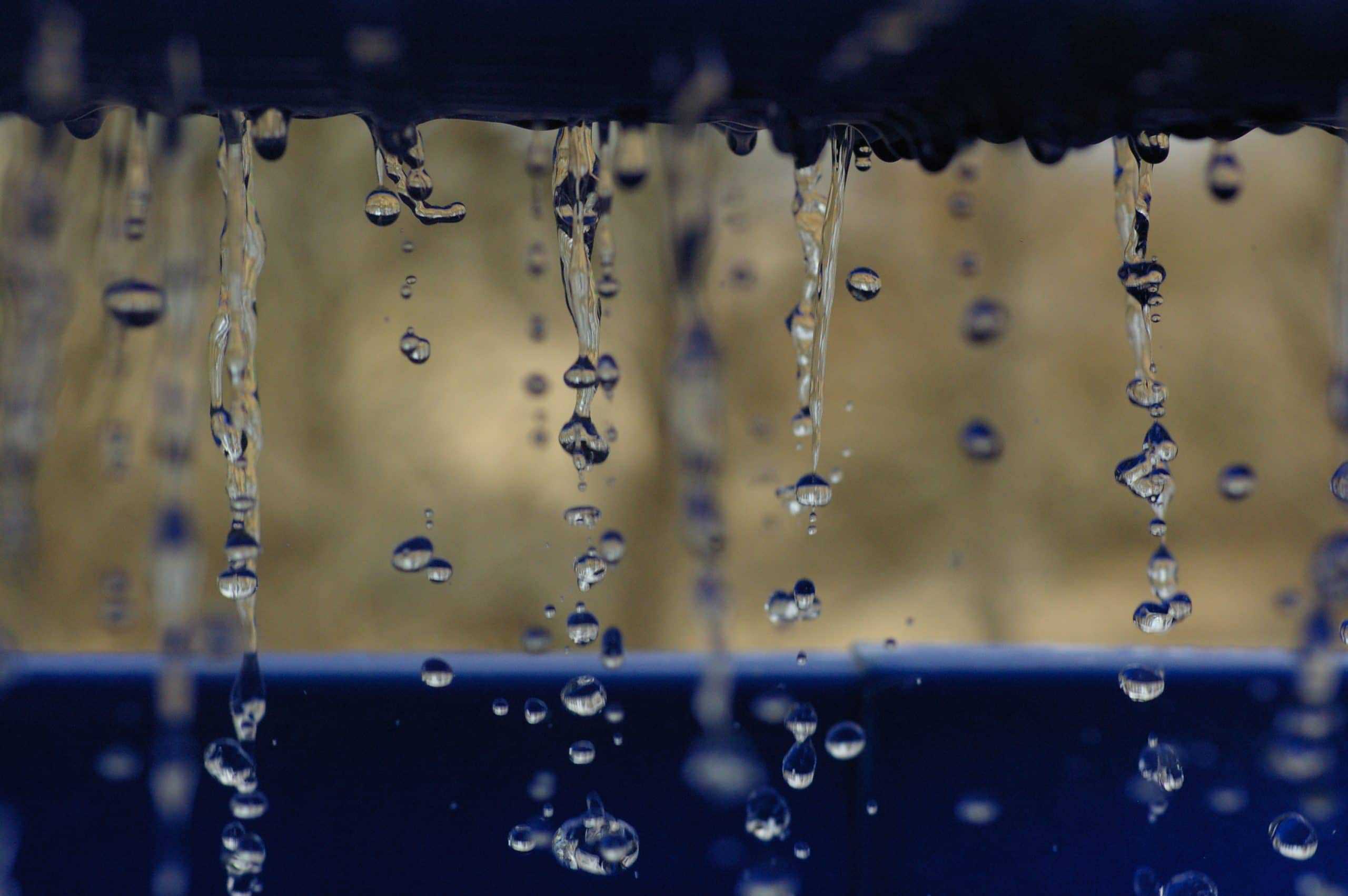The other day I was reading about water purification techniques on the trail when I realized something bad about the way I am currently purifying my water. I continued reading and doing more research and was surprised at what I found. After doing some research I have decided to write this article about water purification techniques. Continue reading to find out what I think everyone should know about water purifiers.
Why Should You Purify Your Water?
It is no secret that water you may encounter on the trail could be contaminated. This contamination can take many forms such as heavy metals, pesticides, and tiny organisms such as larvae
Pathogens in the water is another major problem. Examples of Pathogens include: Giardia, E. Coli, Salmonella, Hepatitis A, and so many more.
Since you cannot simply look at the water and tell if it is safe or not, it does not make sense to not purify your water when out on the trail. You do not want to just assume that the water source is clean.
Boiling Water
Heating water to boiling for a minute or two will kill anything in it. Boiling water has been around for a very long time and is completely reliable for purifying water. The downside is it time-consuming and uses valuable fuel to boil the water.
Pump Filters

Pump filters work by using your hands to pump water through a filter. They are very popular and filter water fast. They do not leave an aftertaste which is a good thing. The problem is they can be tiresome to use and expensive. Another thing you should know about pump filters is that viruses can slip right through the filter.
Gravity Fed Filters
These are much the same as a pump filter except there is no pumping involved. The water is gravity fed through a filter. The downside to gravity Fed filters is it can be very slow to filter water and you must hang the water bag on something such as a tree. This is really not a great option for hikers that are on the go. Also just like pump filters, viruses can pass through the filter.
Squeeze Bottles with In-Line Filter

This type of water filter is a much lighter option than the other two filters listed above. They are also less expensive than pumping and gravity filters. This is actually the type of filter that I used to purify the water on my hikes. The problem is, just like all other filters viruses can still pass through.
Iodine
Iodine is an inexpensive and lightweight option for purifying your water. Iodine can be found almost anywhere which makes it convenient for purifying your water. One problem with iodine is it leaves an aftertaste in the water. It is also not completely effective against E. coli, Giardia, and other contaminants. Treatment time can also be slow.
Household Bleach
Household bleach can be used to purify your water when on the trail. It is effective against E. coli, Giardia, and other viruses. It is not however effective against Cryptosporidium. Just like iodine household bleach is light weight and cheap. It will leave an aftertaste like a swimming pool. It should also be noted that household bleach degrades with age.
Chlorine Dioxide

Chlorine dioxide has a 15 minute kill time for anything in the water except for Cryptosporidium which takes four hours. Again this option is very cheap and lightweight. It will leave a bleach aftertaste though.
Ultraviolet

Ultraviolet water purifiers work great in clear water. They kill everything including viruses. They have a fast treatment time of about 45 to 90 seconds. The Problem is there are some downsides to using ultraviolet water purifiers. They are heavier than iodine, bleach, and chlorine dioxide. They are expensive and can be hard to use if you do not have the proper bottle. They can also occasionally malfunction leaving you without water purification methods. You should also know that if the treated water is exposed to visible light for a long period of time you may have to treat it again.
As it turns out not all water purification methods are equal. Some may be better in one way while not being so great in another. Hopefully after reading this article you will have a better understanding of what type of water purification method is best for you. If you found this article helpful please like and share so that other people can find the help they need. If you have any questions or comments please leave a comment below or contact me via my contact page.
